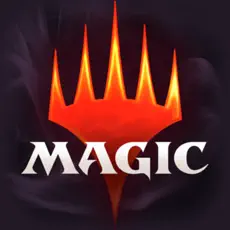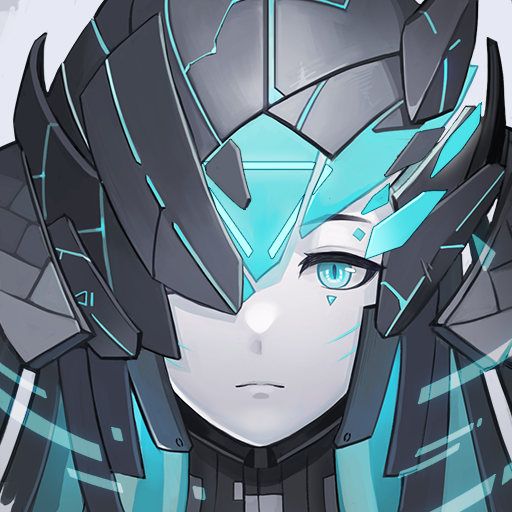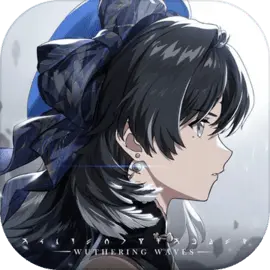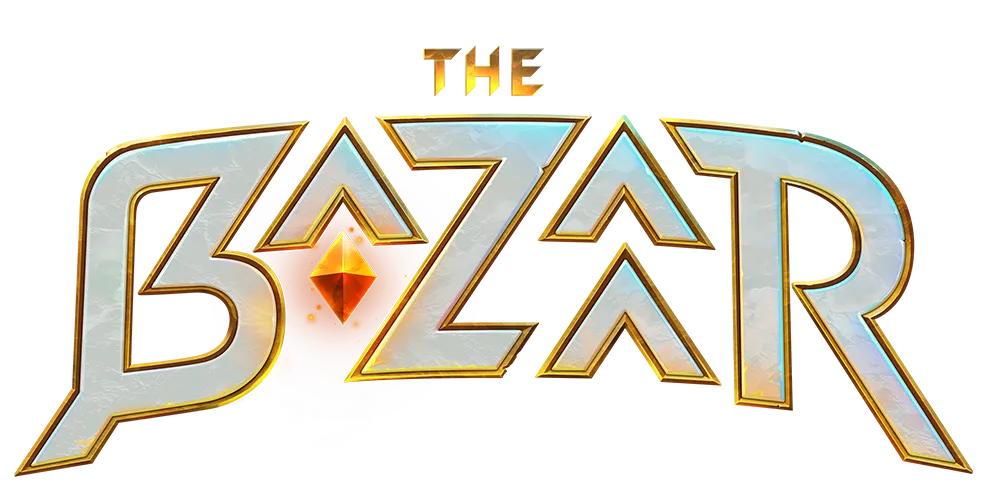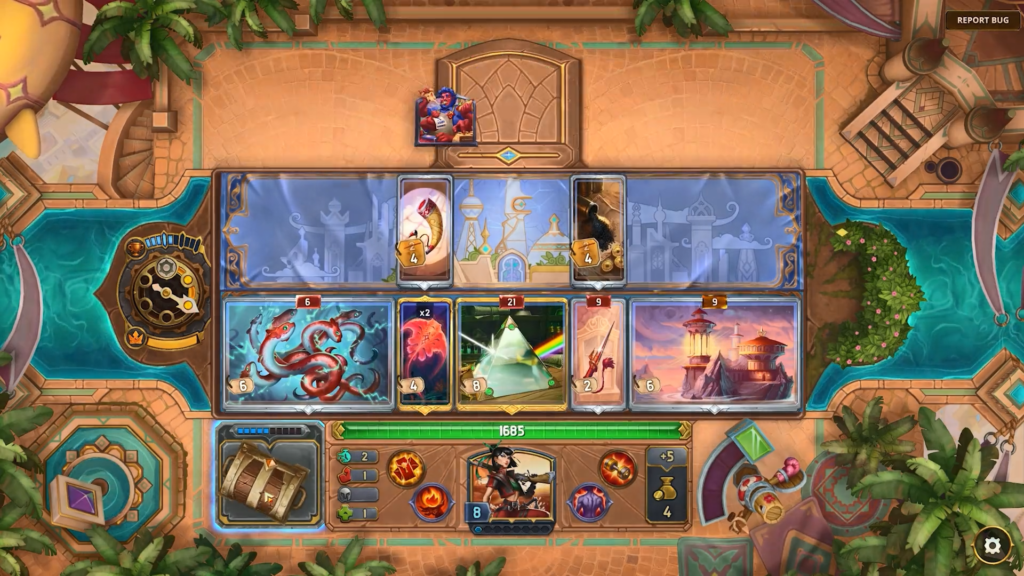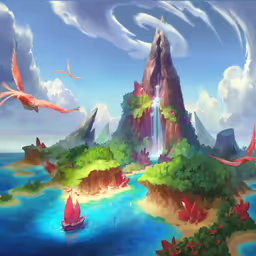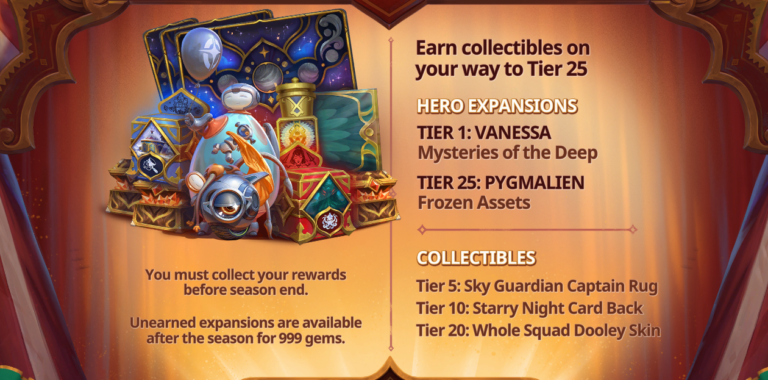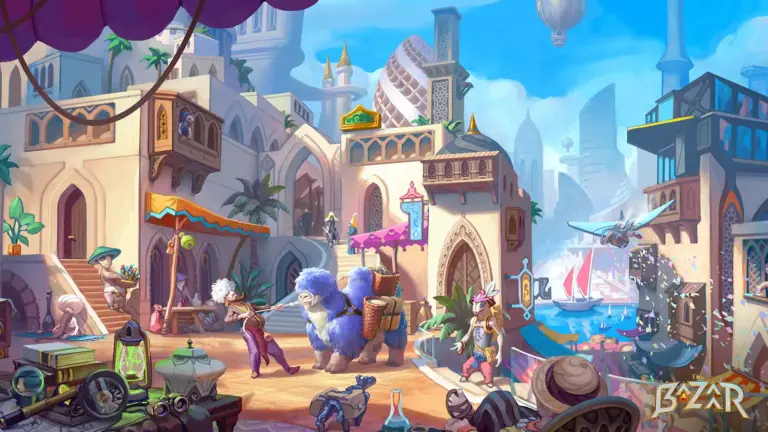Table of Contents [Show]
If the first thing you need to do in The Bazaar is get familiar with the play style and the fundamentals of the game, the second is to understand the small advantages you can take throughout your run.
As such, if you are comfortable with the concepts touched on in our beginners guide, let's dive deeper and talk about all the little things you can do to make your snowball even bigger!
Size Matters
With ten spots available on your board, you've probably already figured out that each spot matters a ton to your build's overall efficiency. However, do you know exactly how to tell which items will contribute the most? You could use the Damage (or Healing, Shield, etc.) x Cooldown formula to compare the efficiencies of two items. But how do you compare items of different sizes?
Well, you can adapt the formula to become Damage x Cooldown x Size, where Small is 1, Medium is 2, and Large is 3.
Let me show you a concrete example:


At first glance, Welding Helmet looks much better than Induction Aegis. It's faster by 1 second and has better shield scaling, too. However, this completely overlooks size, as Welding Helmet requires two spots on your board. This should obviously be reflected in each item's performance.
To make the comparison easier, let's look at both items over 12 seconds at the Bronze rarity:
- Welding Helmet Burns 4, Shields 24, and Activates 4 times.
- Induction Aegis Burns 3, Shields 15, and Activates 3 times.
Now let's factor in the extra spot you would have available if you decide to run Induction Aegis over Welding Helmet. What I mean by this is if you can find another item that is able to create 1 burn, 9 shield, and Activate once over 12 seconds, this combination would be as valuable as Welding Helmet.
I know it's not possible, but imagine for a moment you could run two copies of Induction Aegis. That pair would be much more powerful than a single Welding Helmet while requiring the same space on your carpet.
There are other criteria to account for, obviously. The synergies you have with Small or Medium items, their initial speed if you need them to Charge and item or trigger a skill, and their role in the build (support or carry) should all be taken into account. Still, this is an important thing to keep in mind when trying to decide which items to include in your final build.
Also, make sure to account for Multicast when doing this math. Each use of Multicast counts as using the item!
Boosting the Right Item
Once you know about the meta builds and where to look for the items required to make them, it is time to think about optimization. You will get plenty of opportunities to buff your items during a run, be it damage, cooldown reduction, resilience, or even granting new effects with enchantments. This is how you can take the next step towards perfecting a build.
So, how do you choose which item to buff? Simple: know what your build needs the most and buff the items responsible for that.
Let's break down builds into three categories:
Loop Based Builds
The goal with a loop based build is to leverage a specific item, such as Monitor Lizard, and loop its condition as much as possible. In this example, you would want to invest all your cooldown bonuses into the item responsible for starting your Haste loop (probably First Aiden) and use Extracts to improve your Monitor Lizard.


Damage Based Builds
In a damage based build, the weapon responsible for your damage output will most often be the target of all your buffs and upgrades. The exception is if a support item would translate into more damage than a buff to your weapon.


For example, Cutlass gains only damage through upgrading, but Silencer will grant more damage and a 10% boost to its cooldown reduction. This would be one of the times where upgrading the support item is better than upgrading your main source of damage.
Disruption Based Builds
If your way of winning is to impair your opponent (with Freeze or Slow effects, for example), then your buffs should go towards making that disruption as quick and as frequent as possible. Similar to the loop builds, you want to make your disruptive means as fast as possible so your opponent has less of a chance to break through. The difference, however, is that you might want to focus more heavily on the first trigger to get ahead in the match rather than maximizing your loop. It really depends on what your disruption is based upon.

In the case of Cool LEDs, your goal would be to either make your core as fast as possible or reduce the speed of Cool LEDs (or both if you manage to max out your core). Either way, you want to prioritize whichever one makes your disruption happen more often.

The Frozen Shot skill rewards you for having a very fast Medium or Large weapon. You should look for one that is already pretty fast, or one with Multicast. Then you can focus on reducing that weapon's cooldown.
When in doubt, follow this simple rule: Poison and Burn items scale off skills and Loot rewards (Cinder, Extract, etc.), while Weapons scale off other support items and upgrades.
Learn When and Where to Look for Items

We will probably never know the exact loot chances, especially because Tempo can change them from one patch to another. However, their game philosophy is much more likely to stay put. As such, you can learn when to hope for a certain item, and when to forget about it.
Here are a few guidelines:
- You will never be offered an item if you already have it at a higher rarity. You should either try to upgrade it, or you should sell it in the hopes of finding an upgraded version in a shop.
- You can hunt for Bronze items until day 5. Past that point, it is unlikely you'll get your hands on one. Past day 8, it might be even more valuable to sell a Bronze item and try to find it at a Silver or Gold rarity in a shop.
- Certain items only exist in the higher rarities, which means there is no point in looking for them in the early days. For example, Caltrops can propel your build to a new dimension, but don't specifically build around them since you won't even have the chance to get them until late in your run. Look for fights that you could loot them from, and adapt your build if they drop.

Specific Item and Encounters Interactions
In The Bazaar, we all learn which encounters we should prioritize depending on the character and build we go for. Yet, some encounters change their value depending on certain conditions, as they will offer a fourth option if you meet the requirement.
Stange Mushroom and Bushel
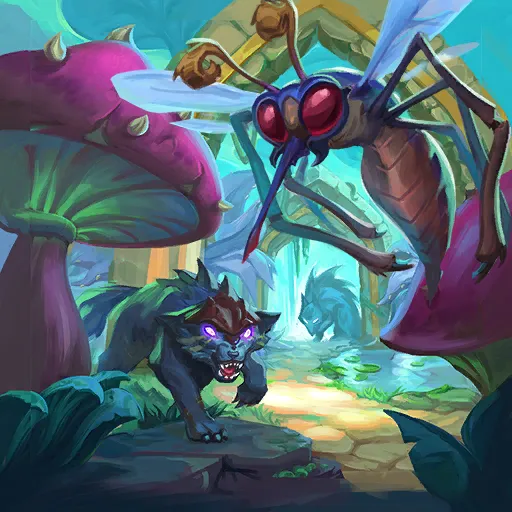
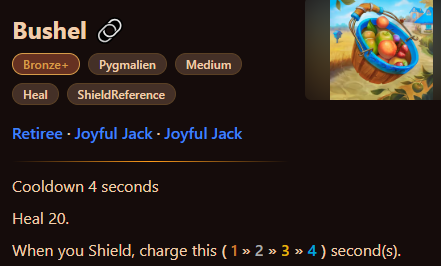

The Docks and Star Chart or Astrolabe
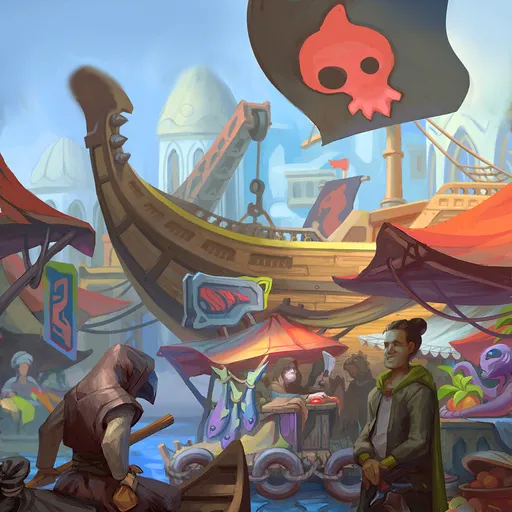
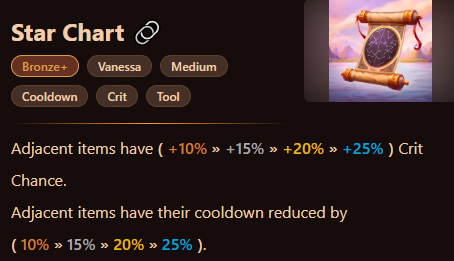
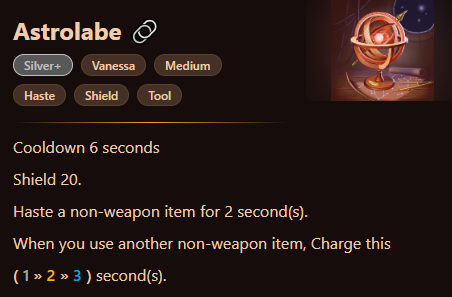
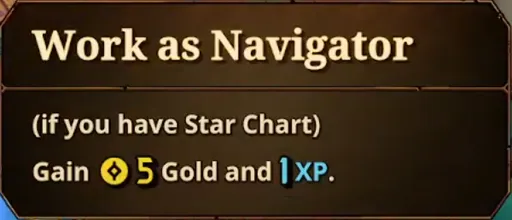
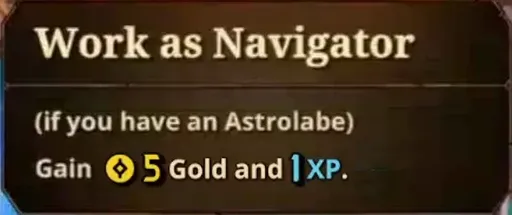
Jungle Ruins if you are Pigmalien
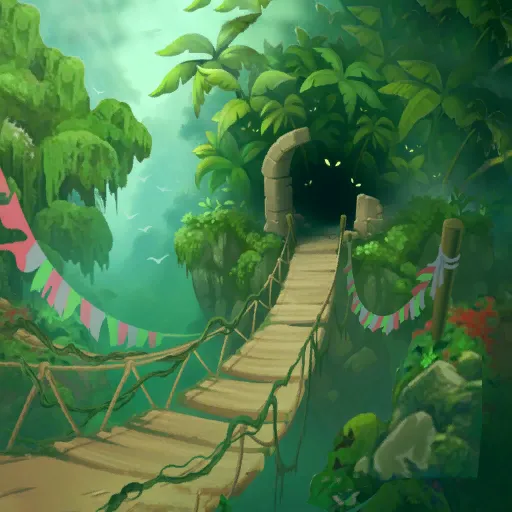
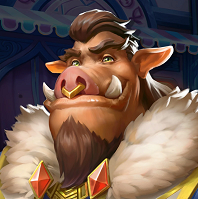
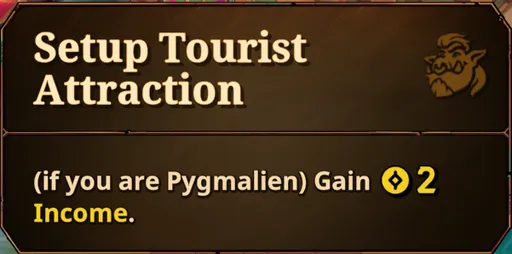
Rapid Fire Tips
The Power of Regeneration
If you're struggling to win early fights, you should definitely look into picking up some Regeneration early on. Not many builds have the ability to deal a lot of damage at once during the first couple of days, so just three or four ticks of Regeneration per second can save you a lot of health during those early battles. One of the best ways to get early Regeneration and bonus Health is with Vitality Stew from the Finn's Big Bite encounter.

Adapt to Your Prestige
Your Prestige tells you how many losses you can afford, which you can use as a sort of "risk meter". If you are one win away from the next threshold (for example, at 6 wins or 9 wins) and your run ends with your next loss, it might be wise to just use all your gold looking for skills and item upgrades. Basically, break the bank to maximize that next fight.
On the other hand, if you are 3 fights away from the next threshold (say you just got 7 wins and now you're aiming for 10) and you have a good Prestige level, you're able to lose a couple of fights. You could take it slow and look for bigger bonuses, or even work towards getting extra experience for a couple of level ups.
It's all about how many fights you have to win paired with how many you can afford to lose.
Loot vs. Experience and Gold
If your run is going well, you should be able to beat most elite monsters to claim the highest gold and most experience possible. However, some easier monsters sometimes drop an item or skill that would be more beneficial to your build than the extra experience and gold.
To know which one to pick, I typically consider the next big level up reward and how important the experience is to reach it. For example, level 10 is a guaranteed item upgrade, which can be huge for my next PvP fight, and level 15 is an enchantment (another great bonus).
Depending on how the run is going and my Prestige level at the time, I'll go for the short term option (weaker monster for the possibility of immediate great loot) or the long term option (elite monster for extra experience).
You Don't Have to Upgrade Everything
A lot of items only gain power from their level up (i.e. Damage, Burn, or Poison), all of which are bonuses you can get from Monster loot rewards. As such, if you are short on gold, focus on upgrading the items that gain meaningful bonuses that are harder to replicate.
Have a Plan to Gain Gold
Having a good stack of gold in your bank ensures you can always pick the best encounter available. As such, it is critical to always know how to build up your gold bank so you don't have to pass on that incredible Diamond skill or item when it shows up.
Beating elite monsters is the easiest way to gain gold, but you can also rely on economy items that gain value over time. Don't worry about maximizing their value, either; sell them for a quick buck whenever you need to get something that will make your build significantly better.

Closing Words
I expect this piece will be updated over time, as balance patches will likely change some interactions (and the community might also find new ones in the future).
I hope this was a good read and everyone managed to get some useful information from it. Once again, I don't think any of these tips are mandatory to master, especially if you're early on in your career in The Bazaar. Yet, you will need some of them to take the next step once you are able to consistently get 4 or 7 wins your runs.
I hope everyone is having fun in The Bazaar, and let's hope the next patch makes it even better!
Good Game Everyone.
